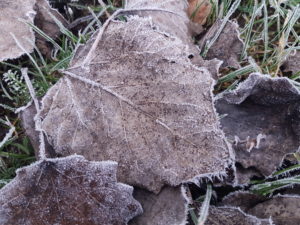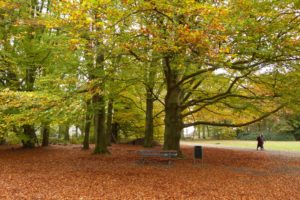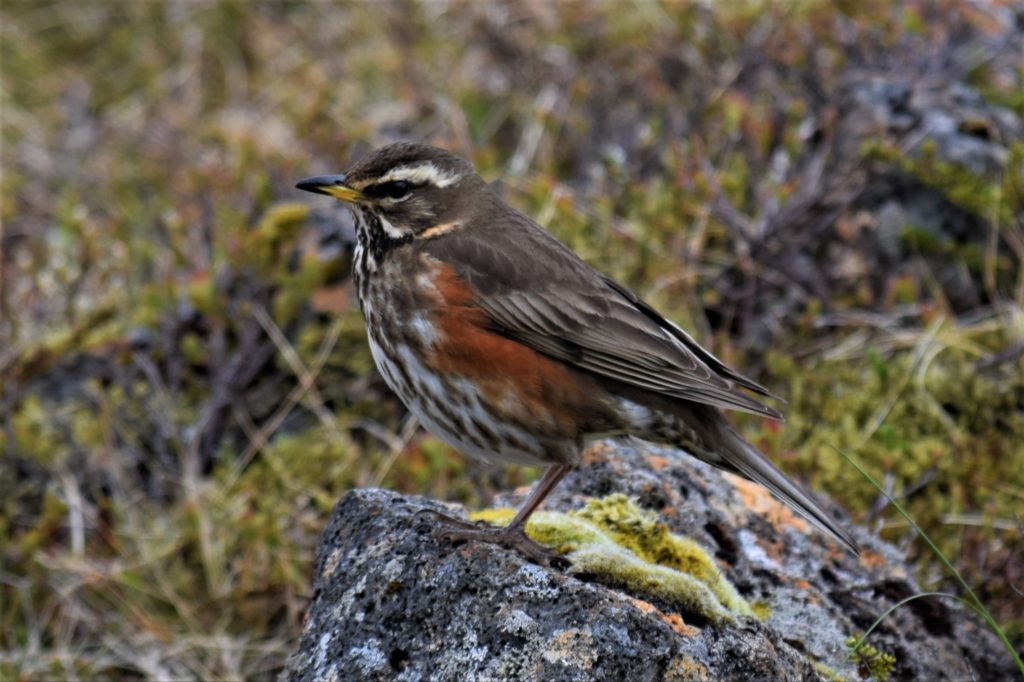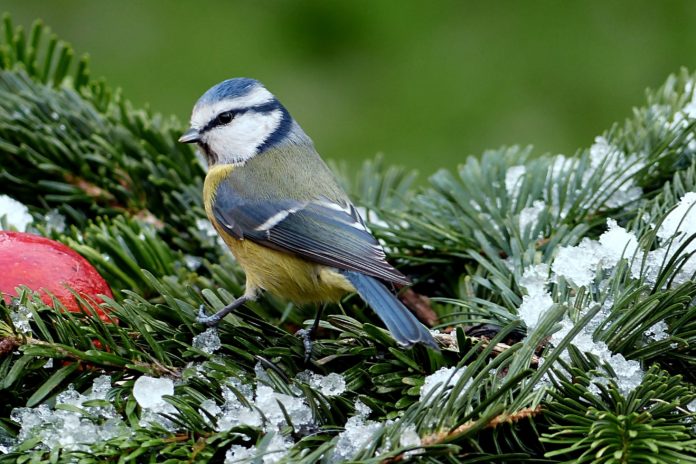The cold days are here and nature seems to come to a standstill. Nevertheless, that’s no reason to stay inside!
Winter is almost here. You might have noticed that while scraping the ice of your car’s windscreens last week… Yes, the first days of frost have already fallen upon us, a reminder that autumn is coming to an end and winter is around the corner.

This is the season when nature seems to pause and go to sleep. And different species use different strategies to survive the coldest of seasons. For instance, most trees shed their leaves, a way to save valuable energy: sunlight hours are so scarce that it is not worthwhile to keep green leaves alive for photosynthesis. So, oaks, birches, beeches, alders and many others go through a dormant period.
Adult butterflies have laid their last eggs weeks ago in sheltered places, dying shortly after. The individual dies, but the next generation of the species survive. The eggs remain unhatched until following spring when young caterpillars emerge. The same is true for many wild bees and other flying insects. Amphibians and reptiles hibernate for months, hidden beneath logs and stones, under large tree roots and even buried underground. Their inability to control their body temperature makes them particularly vulnerable to extreme temperatures, so they must find a proper refuge for winter.
Plants have produced their seeds, which lay latent in the soil throughout the coldest months. Some – such as tulips and fritillaries – spend the winter as a bulb instead, waiting underground for the right weather cues to re-sprout again. Several bird species congregate in huge flocks – think of the starlings with their mesmerizing coordinated flights (called murmurations), but also jackdaws, some birds of prey and herons – and spend the nights in communal dormitories, high up in the trees.
Get outside!
But even though it’s cold outside (nothing a warm coat and gloves can’t help), there is no reason to stay at home! Right now, many trees are still dressed with what remains of their autumn colours. They even seem to shine brighter in foggy days. So, don’t miss out, or you’ll have to wait until next year! Personally, I think winter sunsets are stunning. In cloudless evenings (not many in this country, I admit), the golden, orange and red colours of the horizon make such a sharp contrast with the usual blues and greys of the daytime sky, that it feels uplifting. A walk in nature – even in your nearest city park – will help with the seasonal winter’s dip, will relax your eyes from too much time behind the screen, can unlock writers-block (or any creativity-block), and it’s an easy way to stay fit during this cold season.

Winter visitors
But do you still need another reason to get outside? Then go search for redwings! Redwings (koperwink in Dutch) are songbirds which are only in the Netherlands during autumn and winter. They breed in northern latitudes and come all the way from the far north of Europe to look for better weather and more food in the western and southern parts of the continent. During this period they also live in Eindhoven’s city parks and have been seen here since mid-October! They love gorging on berries, which give them lots of energy to withstand the cold. Their size (up to 24cm long), their beautiful song and their group behaviour make redwings quite noticeable. That, and the copper-red colour in their “armpits” and upper flanks (from where this species got its common name), which is visible when they are perched and quite obvious when they open their wings.

Have you spotted a Redwing? Curious about some other bird you encountered in your walks? Let me know! Send me a message via facebook or email (nuno@wild-eindhoven.com).
For Eindhoven News: Nuno Curado
A wildlife ecologist, fascinated with urban nature: the wild animals and plants that live with us in the cities! He is the person behind Wild Eindhoven: a one-person company on a mission to help everyone discover nature in the city, from city parks to our home balconies!
















